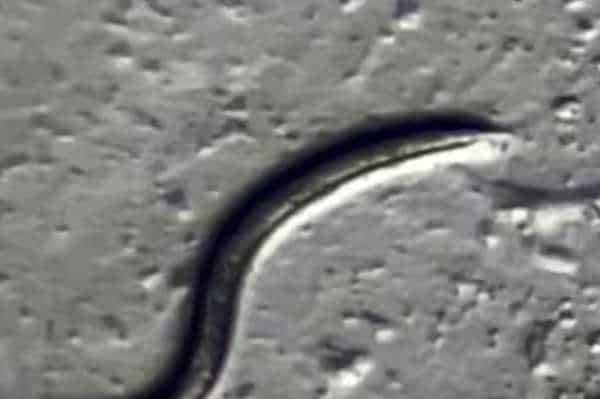Scientists revived a 46,000-year-old roundworm that was frozen in Siberian permafrost, The Washington Post reported. Scientists weren’t surprised. They know nematodes have mechanisms to stop biological processes, so they can survive over geological periods.
When they brought it back to life, the worm started having babies via the process of parthenogenesis, which does not require a mate.
Small worms like this are known to have the ability to shut down biological functions to survive.

According to a press release, the worm spent thousands of years in a type of dormancy called cryptobiosis. In that state, which can last almost indefinitely, all metabolic processes pause, including “reproduction, development, and repair,” the University of Hawaiʻi at Mānoa reported.
In a study published Thursday in the journal PLOS Genetics, scientists reported that after sequencing the worm’s genome, scientists said it belonged to an “undescribed species.”
After 46,000 years, it’s not surprising.
This nematode lives in environments from oceans to tundras, deserts, and volcanic soils. Scientists have only described 5,000 marine species so far.
The species could be extinct or one that hasn’t been classified yet.


Too bad they can’t revive General George Patton; he’d help Trump right the country.
One they will revive something that will go out of control…they are playing with fire